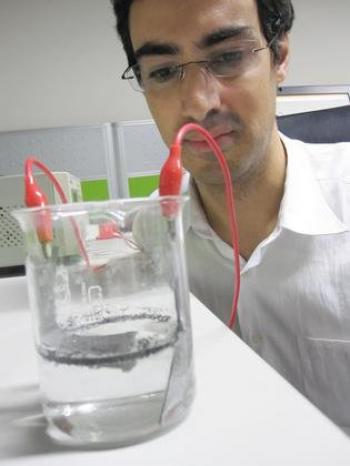Researchers from the National Cheng Kung University in Taiwan designed a new method for tweaking the properties of graphene by introducing defects into it. Precise control over the amount and nature of defects could bring about new applications of graphene in everything from drug delivery or electronics.

The scientists used a technique called electrochemical exfoliation to strip graphene layers from graphite flakes. By varying the voltage they discovered they could change the resulting graphene’s thickness, flake area, and number of defects all of which alter its electrical and mechanical properties.
The team used electrical and optical measurements to study the exfoliation mechanism that removed graphene layers from the graphite and discovered that by using pulsed instead of continuous voltages they were able to control the properties of the resulting graphene. Carefully controlling the voltage has allowed the team a new level of control of the amount of these defects.
The team plans to study the effects of adjusting the pulse duration throughout the exfoliation process to improve the amount of exfoliated graphene and introduce more complex pulse shapes to selectively produce certain types of graphene defect.